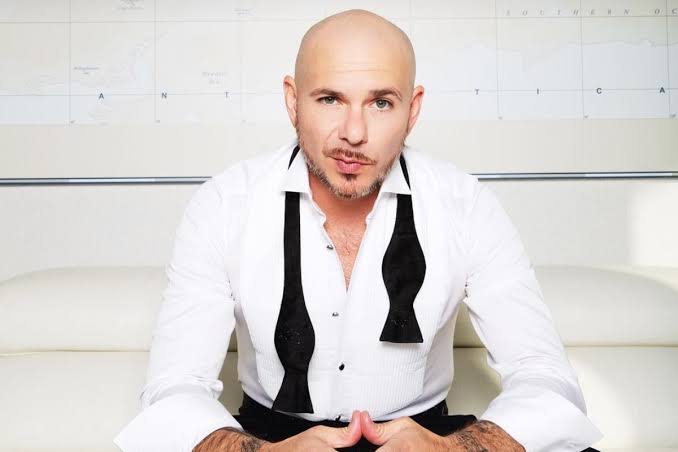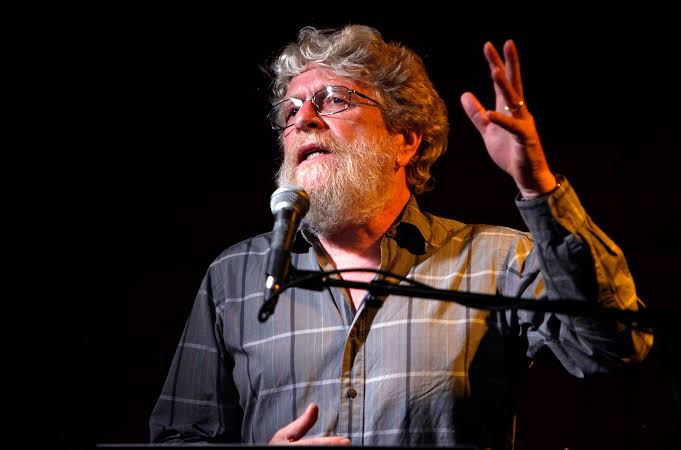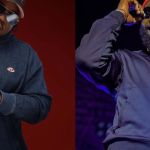Pansexuality: What Does Being Pansexual Mean?

What is Pansexuality?
First off, when addressing sexuality, a multitude of phrases are utilized. Some of these could be familiar to you. Even so, familiarizing yourself with their definitions might help you better comprehend the intricacies of pansexuality. The identification of a person in respect to the gender or genders to whom they are attracted is referred to as sexual orientation.
There are numerous sexual orientations that can be identified. Gay, lesbian, bisexual, asexual, and demi-sexual are examples of sexual orientations. It’s crucial to understand that a person’s gender and sex are not synonymous. Gender is a deeply felt internal and individual experience of identity that may or may not correspond to a person’s assigned sex.
While biological sex is assigned at birth based on a person’s genitals, gender is a deeply felt internal and individual experience of identity that may or may not correspond to a person’s assigned sex. Gender is a spectrum that encompasses many diverse identities rather than being binary (one thing or another).
Definition
GLAAD, a queer advocacy organization, describes pansexuality as “being attracted to all gender identities, or attracted to people regardless of gender. Being pansexual basically means to me that you are attracted to anyone, no matter their sex, sexual orientation, gender, gender identity, everything,” reads a description on the organization’s website. “There’s no limits. I’ll date anyone. It’s more that I love someone for their soul.”
Gender and sex are not requirements nor determining factors in pansexual people’s romantic or sexual interests, hence they may refer to themselves as gender-blind. There are no restrictions on people can identify as pansexual in general. Pansexuality is a sexual orientation in which a person is romantically and sexually attracted to people of any gender or sex. In Greek, the prefix “pan” means “all.”
Even if gender and sex have no bearing on who a pansexual person is attracted to, they may have preferences. This is similar to a bisexual person who prefers one gender over the other. Pansexuality is sometimes mistaken as bisexuality, but how do the two concepts differ?
Pansexuality vs. Bisexuality
Being bisexual or pansexual means you have feelings for persons of both genders. Some people connect with one phrase over the other based on how they understand the terms or what they think they mean. Because some people believe that “bi” promotes the gender binary, “pansexual” is sometimes preferable to “bisexual” (the prefix “bi” meaning “two”).
Others argue that the term “pansexual” combats biphobia (the fear of bisexual persons) and bi-erasing (the erasure of bisexual individuals) (the rejection of bisexuality as a sexual orientation). Bisexuality, pansexuality, sexual fluidity, queerness, and simply “not doing labels” are all terms used to describe persons who are not primarily attracted to men or women.
However, even within the LGBTQ community, there is a lack of understanding of what these terms signify, particularly when it comes to bisexuality. Others, depending on who they are with, may use the phrases bisexual and pansexual interchangeably. It is essentially a matter of personal preference as to which term one employs.
History Of Pansexuality
Sigmund Freud, a psychologist, invented the term “pansexual” in the early 1900s, believing that everyone is born attracted to a variety of things, including inanimate objects. His definition was more about platonic fascination than sexual or romantic arousal. During the height of the sexual revolution in the 1970s, the concept of pansexuality was slowly gaining traction. By the 1980s, the phrase had become widely applied, implying that a person was just having “lots of different sex.”
In 1990, a local activism journal in the San Francisco Bay region published “The Bisexual Manifesto,” which used the word “nonbinary” and helped create the concept of sexual attraction based on two or more genders rather than just a woman or a man. More nonbinary and genderqueer people (those who do not conform to binary gender standards) began to campaign for and assert their identity throughout that decade, resulting in the pansexual community’s expansion.
The pansexual flag was published on the internet in 2010. It is made up of pink, blue, and yellow stripes that express appeal to people of many backgrounds.

This is in contrast to the rainbow flag, which was designed in 1978 and was meant to represent bisexual people.
According to a Human Rights Campaign survey from 2017, 14 percent of LGBT teens classified as pansexual. Only 7% of LGBT teenagers identified as such in 2012, therefore this number has more than doubled. The number of persons who identify as pansexual is on the rise, with the bulk of them being young people aged 13 to 17.
How To Know If You Are Pansexual…Or Not
What connects with you and feels genuine is the most important thing. If hearing someone describe being attracted to “hearts, not parts” or “a range of genders” resonates with you, pansexuality may be the right description for you. Other people may be pansexual and use the title in a different way than you do, or they may express comparable experiences in a different way than you do. And that’s perfectly fine.
There is no one-size-fits-all approach to discovering and labeling your sexual identity. (In other words, it’s fine if you feel “late” in coming out.) Over time, you may decide to change what labels (if any) you’re comfortable with, or you may decide to do away with labels entirely. It’s all about doing what makes you feel confident in your ability to live truthfully.
Summary
People who are sexually and romantically attracted to others regardless of their gender identity or ascribed sex are known as pansexuals. Pansexual people may have preferences for specific identities, but they are not bound by sexual or gender classifications and are often considered gender-blind.
While the terms pansexuality and bisexuality are interchangeable, some people prefer one over the other based on how they (or others) perceive the concepts. Despite the rise of the nonbinary and genderqueer movements, pansexual people continue to be stigmatized and mistreated. Among many pansexual teens, this includes an elevated risk of intimate partner abuse as well as pervasive emotions of hopelessness and rejection.



















